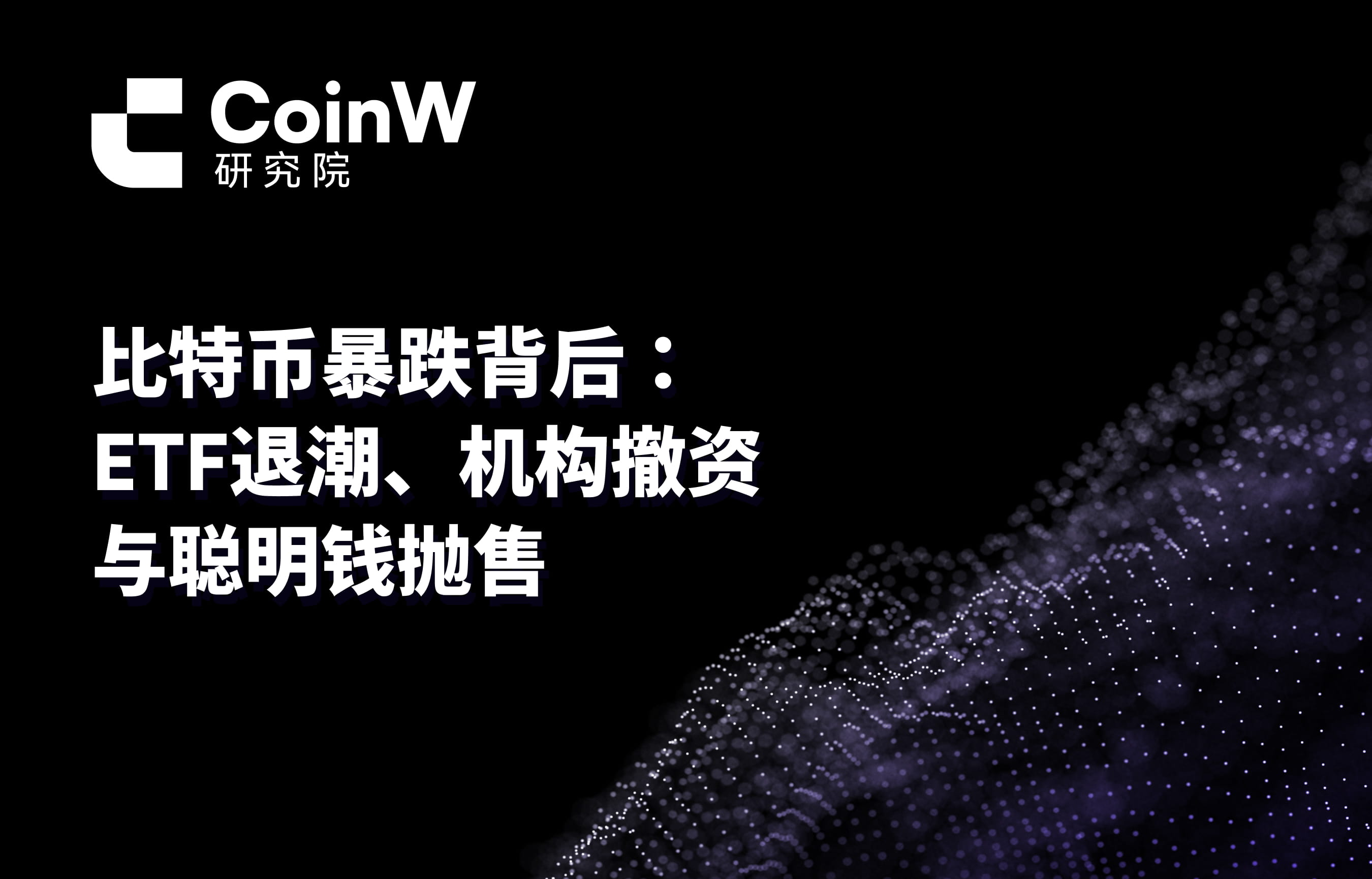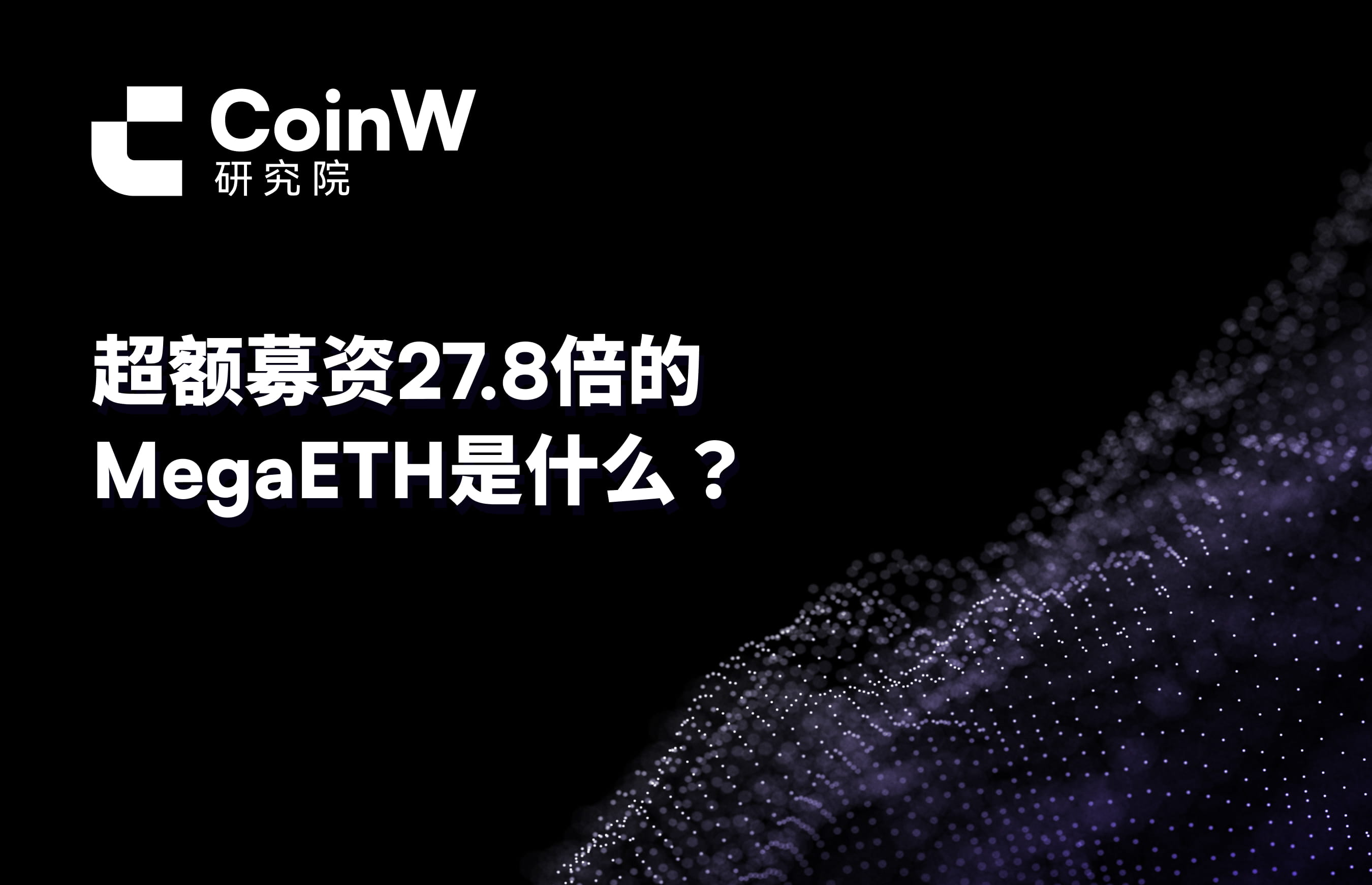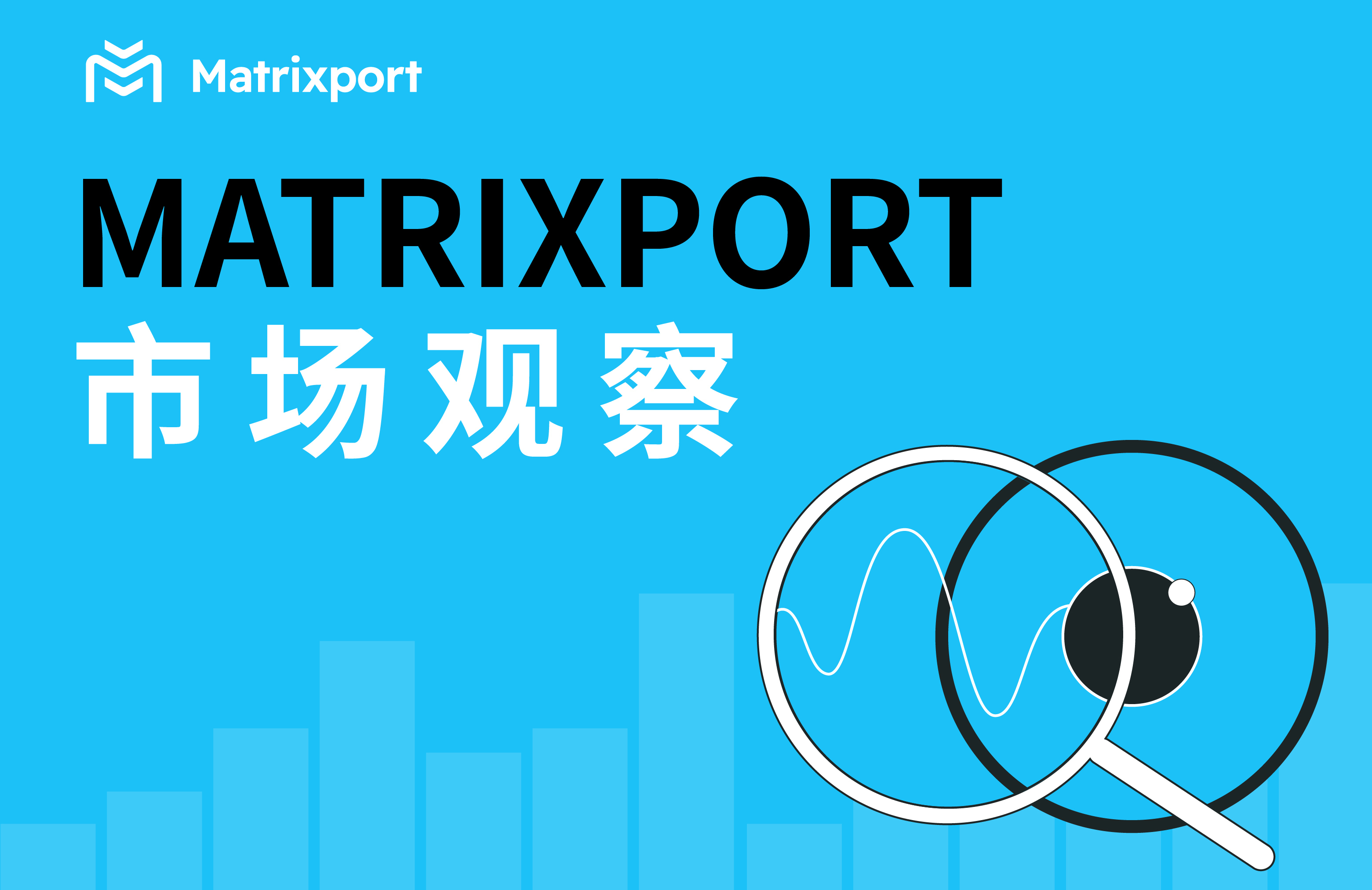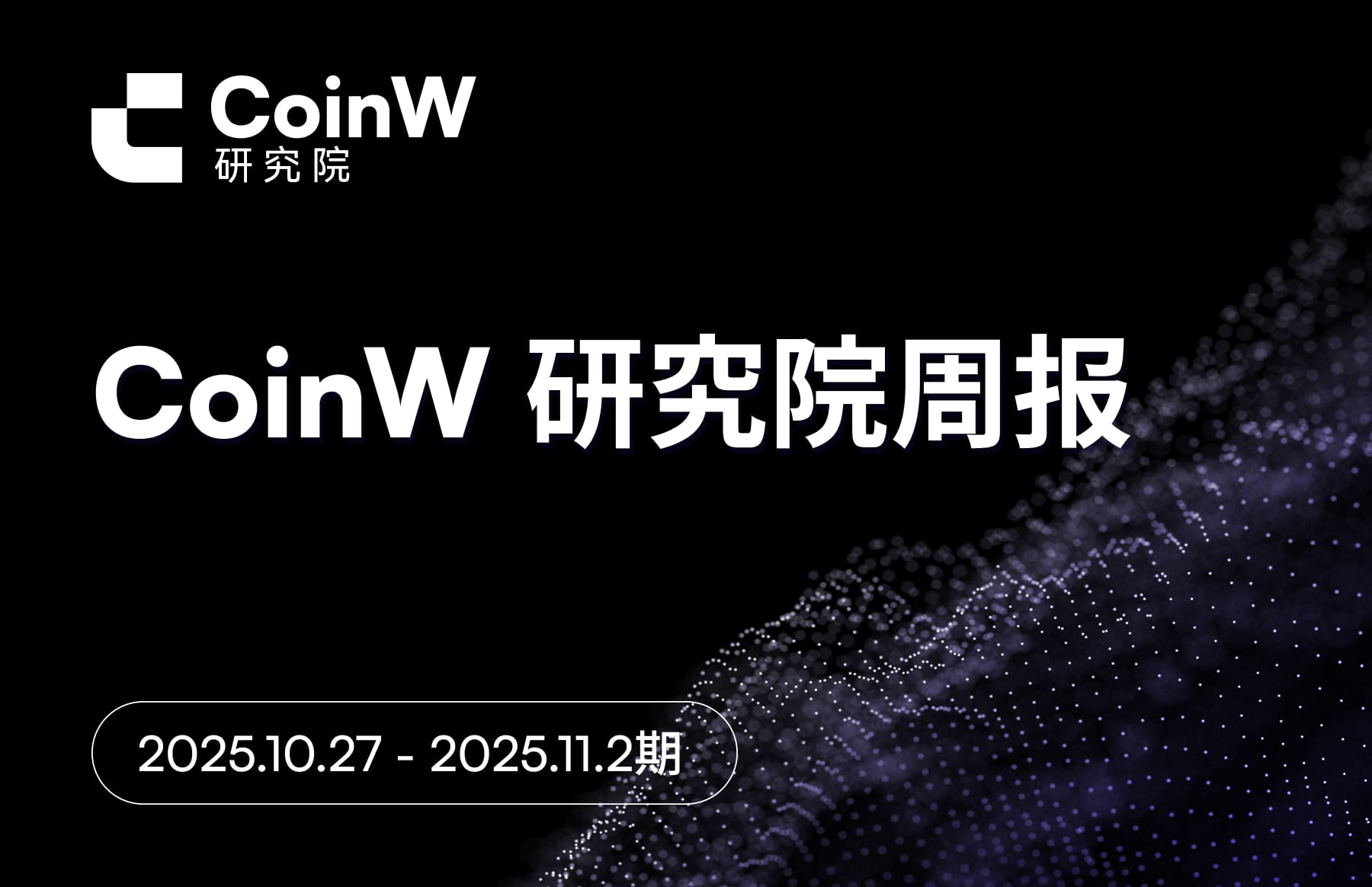Introduction
Recently, discussions surrounding AI Agent frameworks have been gaining momentum. Frameworks and related projects represented by Eliza (AI16Z), G.A.M.E (Virtuals), Rig (ARC), ZerePy (ZEREBRO), and Swarms have become hot topics, and the market's FOMO sentiment towards these frameworks has also driven the rapid growth of related tokens.
AI Agent frameworks can be seen as the infrastructure for agent development, providing developers with a modular and scalable toolkit that simplifies the development process and lowers the technical barrier. From simple single-agent configurations to complex multi-agent collaborations, these frameworks are gradually promoting the practical application of AI. More importantly, with the rise of blockchain technology, these frameworks have endowed technology with new commercial value through token economic models, attracting not only developers but also garnering widespread attention from the capital markets.
This article aims to systematically review the current most popular AI Agent frameworks, analyzing their advantages and disadvantages from technological breakthroughs to the integration of token economics, while also looking ahead to their future development directions. It is hoped that through this article, readers can gain a comprehensive understanding of the technological prospects and commercial value of AI Agent frameworks.
1. Definition and Role of AI Agent Frameworks
1.1 What is an AI Agent Framework?
An AI Agent framework is a set of tools and platforms provided for developers to create, deploy, and manage artificial intelligence agents (AI Agents). These frameworks significantly reduce the complexity of agent development by integrating pre-built modules, functional libraries, and interfaces, providing developers with a standardized development environment.
Technically, AI Agent frameworks typically include the following core features:
Modular design: Developers can select necessary functional modules based on their needs, avoiding redundant development.
Data processing and modeling support: The framework's built-in data processing capabilities and model training functions simplify the development process of AI applications.
Multi-platform integration: The framework provides rich interfaces and APIs, allowing easy integration with multiple platforms such as social media, IoT devices, and blockchain networks.
Task automation: Agents can process complex task chains based on the framework's logic, reducing human involvement.
Broadly speaking, AI Agent frameworks can be viewed as the operating systems of the AI era, similar to traditional operating systems (like Windows and Linux), providing the foundational environment and runtime support for agent development. These frameworks not only enhance development efficiency but also significantly lower the application threshold of AI technology, opening up possibilities for innovation in various fields.
1.2 The Role of AI Agent Frameworks
The core role of AI Agent frameworks is reflected in two aspects: technical support and application expansion.
1.2.1 Technical Support
AI Agent frameworks help developers overcome technical challenges in AI development through a highly integrated set of development tools:
Lowering development barriers: The pre-built modules and low-code environment provided by the framework enable non-technical personnel to quickly create agents.
Increasing efficiency: Through integrated development tools and standardized interfaces, developers can focus on business logic without spending excessive time on underlying code development.
Supporting multi-modal interactions: Many frameworks support multi-modal data input and output, such as text, voice, and images, expanding the applicability of agents.
Enhancing scalability: The modular design of the framework allows developers to expand functionalities based on needs, such as introducing new APIs or external tools.
1.2.2 Application Expansion
The emergence of AI Agent frameworks has promoted the application of agents in various scenarios:
Social and content creation: On social media and content platforms, agents can achieve automated publishing, interaction, and analysis, such as the Eliza framework supporting multi-agent integration on Twitter and Discord.
Gaming and the metaverse: The framework provides low-code support, enabling game developers to quickly create intelligent NPCs (non-player characters), with G.A.M.E focusing on multi-modal agent development in this field.
Enterprise task automation: Through automated workflows and data analysis, agents can help businesses optimize operational efficiency, with the Swarms framework particularly adept at multi-task collaboration and distributed processing.
Financial and blockchain applications: Agents can automate transactions or manage assets on blockchain networks, achieving self-incentivization and value circulation through token economic models.
1.3 Core Value of AI Agent Frameworks
The value of AI Agent frameworks lies not only in technological innovation but also in the following aspects:
Cost reduction: Modular design and functional integration reduce redundant development, saving manpower and resources.
Increased development flexibility: Through multi-platform support and plugin-based expansion, the framework can adapt to various scenarios and needs.
Accelerating AI application proliferation: By lowering technical barriers and enhancing efficiency, the framework promotes the application of AI across different industries.
Supporting an innovative ecosystem: By combining blockchain and token economics, the framework provides developers with opportunities for new business models, enhancing the vibrancy of the ecosystem.
2. Review of the Most Popular AI Agent Frameworks
AI Agent frameworks are a hot topic at the intersection of artificial intelligence and blockchain technology, attracting widespread attention due to their unique technical characteristics and market positioning. This section will provide a detailed review of several of the most popular AI Agent frameworks, including their technical features, application scenarios, and integration models with token economics.
1. Eliza

Eliza is an open-source multi-agent framework launched by AI16Z, focusing on building, deploying, and managing autonomous AI agents. Its technical features include:
Multi-agent architecture: Supports the simultaneous management of multiple AI agents with different personalities.
Retrieval-Augmented Generation (RAG): Provides long-term memory and context-aware capabilities through external knowledge bases and data sources.
Cross-platform integration: Seamlessly connects with various social media platforms such as Discord, Twitter (X), and Telegram.
Multi-modal processing capabilities: Covers analysis and generation of various data types, including text, images, and audio.
Application Scenarios
AI assistants: Used for customer support, community management, and personalized task handling.
Social media roles: Automated content creators and brand representatives.
Knowledge workers: Such as research assistants and content analysts.
Related Tokens and Performance
The related tokens of the Eliza framework include $AI16Z and $ELIZA. $AI16Z currently has a market capitalization of over $1.6 billion, becoming a benchmark project in the AI Agent space.
The $ELIZA token is primarily used for accessing framework resources, paying for plugin fees, and participating in ecosystem governance, with a current market capitalization of $4 million.
2. G.A.M.E

G.A.M.E is a generative multi-modal agent framework developed by Virtuals, primarily aimed at gaming and metaverse applications. Its core technologies include:
Strategic planning engine: Divided into high-level planning and low-level strategy layers, responsible for setting long-term goals and specific actions, respectively.
Learning module: Continuously optimizes agent behavior through user feedback.
Perception subsystem: Receives and processes external inputs, providing perceptual capabilities for decision-making.
Application Scenarios
Game development: Provides intelligent behavior for NPCs (non-player characters), making the gaming experience more dynamic.
Metaverse interactions: Supports personalized interactions of virtual characters in different scenarios.
Related Tokens and Performance
The $VIRTUAL token has become the leading token in the AI Agent space, currently with a market capitalization of over $3.8 billion.
The G.A.M.E token $GAME has performed well in the market, supporting deployment costs and resource acquisition for agents, with a current market capitalization of over $250 million.
3. Rig

Rig is a high-performance framework based on the Rust language, designed for enterprise-level AI applications. Its technical highlights include:
Provider abstraction layer: Unifies the APIs of different LLM service providers (such as OpenAI and Anthropic).
Vector storage integration: Supports databases like MongoDB and Neo4j for efficient data processing.
Modular architecture: Allows developers to flexibly integrate various functional modules.
Application Scenarios
Enterprise applications: Suitable for high-performance computing scenarios, such as financial analysis and large-scale data processing.
Document management: Supports retrieval-augmented generation for document analysis and content generation.
Related Tokens and Performance
- The $ARC token is the core currency of the Rig framework, used to pay for advanced features and plugin usage, currently with a market capitalization of over $470 million.
4. ZerePy
ZerePy is an open-source framework based on Python, dedicated to deploying creative AI agents on social platforms (such as Twitter/X). Its design philosophy emphasizes ease of use and rapid deployment:
Modular design: Supports users in selecting functional modules as needed.
Content generation support: Utilizes OpenAI and Anthropic's LLMs to generate high-quality text content.
Platform integration: Provides direct support for social platform APIs to achieve automated operations.
Application Scenarios
Social media management: Agents can automatically publish content and reply to comments, enhancing social interaction efficiency.
Digital art creation: Supports NFT generation and the development of creative content.
Related Tokens and Performance
- The $ZEREBRO token currently has a market capitalization of nearly $340 million, serving as a bridge for payments and incentives between artists and developers, making it a standout in the creative AI framework space.
5. Swarms

Swarms focuses on multi-agent collaboration and is a multi-agent LLM framework based on the Solana ecosystem. Its main innovations include:
Distributed memory system: Achieves long-term information sharing among agents.
Task division and parallel processing: Agents can dynamically adjust their roles based on task requirements.
Modular architecture: Supports various communication modes, such as hierarchical communication and parallel communication.
Application Scenarios
Complex business process management: Completes complex tasks through multi-agent collaboration.
Industry solutions: Provides customized services in fields such as finance, insurance, and healthcare.
Related Tokens and Performance
- The $SWARMS token is the universal currency of the Swarms framework, supporting agent transactions and collaboration, emphasizing "collective intelligence economy," and incentivizing agents to participate in ecosystem activities, with a current market capitalization exceeding $210 million.
3. Comparative Analysis of AI Agent Frameworks
The core of AI Agent frameworks lies in providing developers with efficient tools to quickly create, deploy, and manage agents. Although there are various frameworks in the market, they exhibit significant differences in technical architecture, functional support, scalability, and performance. The following is an in-depth comparison of mainstream frameworks from multiple dimensions.
1. Architectural Design
Modular vs. Integrated
Eliza adopts a modular design, allowing developers to extend functionalities through plugins to adapt to different application needs. For example, its role-driven runtime supports the customization of personalized agents, making it an ideal choice for social media and customer support applications.
Swarms takes it a step further by building a modular architecture for multi-agent collaboration, allowing developers to choose different communication modes (such as hierarchical communication and parallel communication) to optimize task allocation and execution.
Rig and ZerePy's modular designs focus more on resource integration, emphasizing high-performance tasks and creative content generation, while G.A.M.E leans towards an integrated architecture, concentrating all core functionalities within a single framework.
2. Functional Support
Memory Systems and Multi-modal Support
Eliza's RAG system possesses powerful memory management capabilities, able to store content from external knowledge bases and utilize context for dynamic queries. This makes Eliza stand out in customer support and research assistant scenarios.
Swarms achieves long-term memory sharing and contextual understanding among multiple agents through distributed memory, suitable for collaborative tasks in complex workflows.
G.A.M.E's design combines short-term and long-term memory, making its intelligent NPC behavior in games more coherent.
Rig and ZerePy pay less attention to memory systems, relying more on external vector storage or simplified memory models.
Advanced Planning and Task Decomposition
G.A.M.E's strategic planning engine can decompose complex tasks into executable subtasks, optimizing the execution path through the collaboration of high-level and low-level planning layers.
Eliza has relatively basic task decomposition capabilities, mainly relying on developers to design task planning logic.
Swarms significantly enhances the efficiency of completing complex tasks through multi-agent collaboration, with its supported parallel and sequential communication modes providing flexible task management solutions.
3. Scalability and Compatibility
Platform Integration Capabilities
Eliza supports multi-platform integration, compatible with mainstream social media such as Discord, X (formerly Twitter), and Telegram, suitable for applications requiring broad user coverage.
ZerePy excels in social platform integration capabilities, particularly its API support for X, making it a valuable assistant for creators and brand operators.
Rig and Swarms are more oriented towards developers with enterprise and high-performance needs, providing deep integration with databases, blockchain, and serving fields like finance and insurance.
Community-Driven and Customization Support
ZerePy and Eliza have active open-source communities, allowing developers to extend framework functionalities through plugins and code contributions.
Rig relies on the Rust ecosystem, providing high-performance modular support, but is slightly less community-friendly, making it suitable for experienced developers.
Swarms' decentralized philosophy and token incentive mechanism attract a large number of developers, making it a model for community-driven frameworks.
4. Performance and Learning Curve
High Concurrency and Task Complexity
Rig, based on Rust, excels at handling high concurrency and complex computational tasks, making it an ideal choice for enterprise-level AI applications.
Swarms stands out in parallel processing capabilities for multi-agent collaboration, efficiently managing task allocation and execution among multiple agents.
Although Eliza and G.A.M.E do not perform as well as Rig and Swarms, they excel in supporting multi-platform interactions and personalized role configurations.
Usability and Developer Friendliness
Eliza and ZerePy are popular due to their ease of use and low learning curve, making them suitable for beginners and small to medium-sized development teams.
G.A.M.E's low-code features allow non-technical users to easily create agents, but its focus on gaming may limit some users.
Rig and Swarms' high complexity ensures performance and functionality but presents a steeper learning curve, making them more suitable for developers with a strong technical background.
5. Overall Comparison Summary
Dimension
Eliza
G.A.M.E
Rig
ZerePy
Swarms
Architectural Design
Modular, multi-agent architecture
Integrated design
High-performance modular
Modular, creative output
Modular, multi-agent collaboration
Functional Support
RAG memory, multi-modal
Task decomposition and strategic planning
High-performance vector storage
Creative content generation
Distributed memory and task division
Scalability
High, supports multiple platforms
Medium, focuses on gaming and the metaverse
High, suitable for enterprise needs
Medium, suitable for social platforms
High, supports multi-scenario collaboration
Performance
Medium, optimized for social and interaction
Medium, real-time gaming performance
High, high concurrency and complex tasks
Medium, focused on creative tasks
High, multi-agent parallel
Learning Curve
Low
Medium
High
Low
High
In summary, Eliza is suitable for beginners and teams needing rapid development; G.A.M.E excels in the gaming and metaverse fields; Rig and Swarms stand out due to their high performance and multi-agent collaboration capabilities; ZerePy attracts a large user base with its low threshold and creative support.
4. Development Trends and Risks of AI Agent Frameworks
AI Agent frameworks are a combination of artificial intelligence technology and blockchain economy, with vast potential for technological development and market demand. As more technologies mature and business models are explored, these frameworks may become the core infrastructure for the next generation of artificial intelligence and decentralized applications.
1. Technological Development Trends
1.1 Collective Intelligence and Multi-Agent Collaboration
Multi-agent collaboration is becoming a core direction for AI Agent frameworks, enhancing overall system efficiency through division of labor and collaboration. The Swarms framework's innovations in distributed memory and multi-agent communication set a benchmark for this trend. In the future, multi-agent collaboration will analyze large-scale medical data to provide personalized treatment plans for patients; in smart manufacturing, task allocation and parallel operations will enhance production efficiency.
1.2 Low-Code and No-Code Frameworks
With the reduction of development barriers, low-code and no-code frameworks will further promote the proliferation of AI Agents. G.A.M.E's strategic planning engine and intuitive interface provide successful cases for low-code development. No-code tools enable non-technical users to quickly build educational intelligent agents. Content creators can customize brand AI images through intuitive tools.
1.3 Modular and Plugin Design
Modular frameworks allow developers to flexibly combine functionalities based on needs while enhancing scalability. Eliza's plugin system has demonstrated the value of modular architecture in practical applications. Modular AI frameworks will provide customized solutions for small and medium-sized enterprises. Plugin support enables rapid integration with different blockchain networks.
1.4 Cross-Framework Compatibility and Collaboration
Interoperability between different frameworks will become an important direction for technological development, promoting greater ecological collaboration. For example, Swarms can be compatible with frameworks like Eliza and Rig through modular design, forming ecological alliances. Multiple frameworks will jointly build intelligent city systems for cross-industry collaboration and develop intelligent cross-border payment and logistics management based on multi-framework collaboration.
2. Market Development Prospects
2.1 Industry Penetration and Scale Growth
AI Agent frameworks will expand from traditional technology fields to more industries, such as finance, gaming, retail, and healthcare. As technology matures and frameworks become modular, the deployment and application costs of AI Agents will gradually decrease, promoting large-scale applications. According to relevant industry reports, the market size of AI Agent frameworks is expected to exceed $100 billion in the next five years.
2.2 Metaverse and Virtual Economy
The application prospects of AI Agents in the metaverse are vast, such as virtual assistants, game characters, and virtual brand representatives. G.A.M.E and Swarms have already laid out in this field, and it is expected that more investments and technological inputs will be attracted in the future, promoting digital interactive experiences, AI Agent-driven virtual world interactive roles, and the development of AI Agent-based NFT creation and trading.
2.3 Agent Economy
Collaboration and transactions between agents will form a new economic system, promoting the widespread application of decentralized autonomous organizations (DAOs). The agent collaboration economic model in the Swarms framework provides preliminary validation for this agent economy. Future forms include agents independently completing tasks and exchanging value, and decentralized transactions between agents achieving efficient resource allocation.
3. Potential Risks and Challenges
3.1 Technological Development Bottlenecks
Limitations of Memory and Learning: Current frameworks still face technical limitations in long-term memory and dynamic learning, making it difficult for agents to continuously optimize their behavior.
Insufficient Cross-Modal Processing Capabilities: Unified analysis and reasoning of multi-modal data still require further optimization, promoting research on multi-modal fusion algorithms and deep optimization of frameworks.
3.2 Market Bubble and Speculation Risks
Token Economic Issues: Speculative token trading may lead to market bubbles, exacerbating short-term fluctuations in the ecosystem.
Uncertainty of Business Models: Some frameworks have yet to establish stable profit models and rely on capital investment to maintain operations.
3.3 Data Privacy and Ethical Issues
User Privacy Protection: Agents face the risk of privacy breaches when handling user data. Technologies such as Trusted Execution Environments (TEE) need to be introduced to enhance data protection.
Ethical Controversies: Agents may raise ethical issues during decision-making processes, such as bias and discrimination.
5. Conclusion and Recommendations
As a combination of artificial intelligence and blockchain technology, AI Agent frameworks are rapidly driving the development of intelligent and decentralized economies. From technological innovations to token economies, various frameworks demonstrate diverse directions and profound potential. This research provides a comprehensive overview and analysis of five popular frameworks (Eliza, G.A.M.E, Rig, ZerePy, Swarms), leading to the following key conclusions:
Technological Breakthroughs:
Frameworks have achieved significant progress in modular design, memory systems, multi-modal processing, and multi-agent collaboration, providing a solid foundation for building efficient agents.
The technical characteristics of multi-agent collaboration (Swarms) and strategic planning (G.A.M.E) showcase the application potential of frameworks in complex tasks.
Integration of Market and Token Economy:
Each framework has established a preliminary ecosystem through token incentives, payment, and governance functions.
The strong FOMO sentiment towards framework tokens indicates that investors hold positive expectations for framework development, although some tokens lack practical application scenarios.
Challenges and Opportunities:
Frameworks still need to overcome bottlenecks in technology, market, and ethics, such as insufficient memory and learning capabilities, simplistic token economic designs, and privacy and ethical controversies.
With technological advancements and market maturation, the application of frameworks in fields such as the metaverse, smart cities, healthcare, and finance will significantly increase.
For investors, it is essential to focus on projects that combine technology and tokens, prioritizing those with clear application scenarios, stable teams, and active communities, while avoiding projects with singular token functions or those highly reliant on market speculation to reduce investment risks. Focus on frameworks with long-term technological development potential, such as Swarms, which supports multi-agent collaboration, or Rig, which offers high-performance enterprise-level applications. Regularly monitor project technological upgrades and market performance to adjust investment strategies in a timely manner.
AI Agent frameworks are in a transitional phase from technological exploration to large-scale application. As agent technology continues to iterate and token economies optimize, the ecological value of frameworks will continue to expand. Despite facing challenges such as technological bottlenecks and market bubbles, AI Agent frameworks are expected to become important driving engines for the next generation of artificial intelligence and digital economy as they iterate and improve their ecosystems.
About Us
Hotcoin Research, as the core investment research department of Hotcoin, is dedicated to providing detailed and professional analysis for the cryptocurrency market. Our goal is to offer clear market insights and practical operational guidelines for investors at different levels. Our professional content includes the "Play to Earn Web3" tutorial series, in-depth analysis of cryptocurrency industry trends, detailed analyses of potential projects, and real-time market observations. Whether you are a newcomer exploring the cryptocurrency field or a seasoned investor seeking in-depth insights, Hotcoin will be your reliable partner in understanding and seizing market opportunities.
Risk Warning
The cryptocurrency market is highly volatile, and investment carries risks. We strongly recommend that investors conduct investments based on a complete understanding of these risks and within a strict risk management framework to ensure the safety of their funds.
Website: https://www.hotcoin.com/
Medium: medium.com/@hotcoinglobalofficial
免责声明:本文章仅代表作者个人观点,不代表本平台的立场和观点。本文章仅供信息分享,不构成对任何人的任何投资建议。用户与作者之间的任何争议,与本平台无关。如网页中刊载的文章或图片涉及侵权,请提供相关的权利证明和身份证明发送邮件到support@aicoin.com,本平台相关工作人员将会进行核查。




